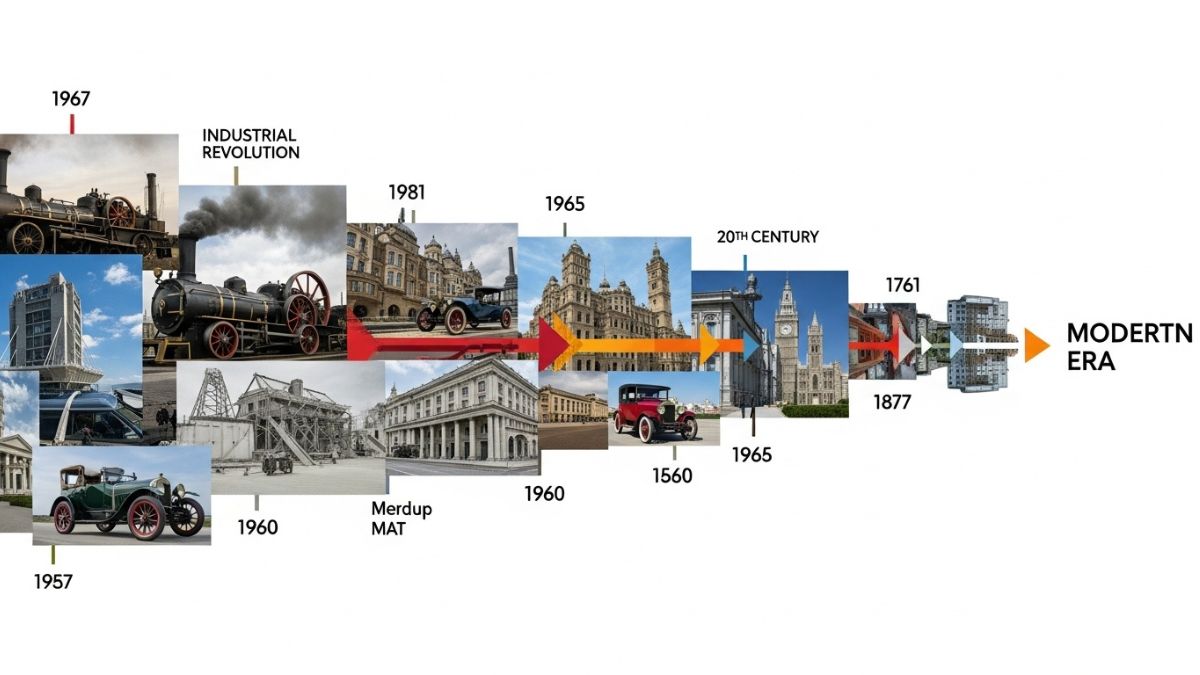Solidifiers are substances used to convert liquids into solid forms. This process is especially useful in various industries, from environmental cleanup to manufacturing. The idea behind a solidifier is simple—it soaks up the liquid and transforms it into a gel or solid that can be disposed of or reused more easily. This transformation makes transportation, handling, and disposal safer and more efficient.
How Solidifiers Work in Practice
Solidifiers work based on chemical or physical absorption. Some are reactive, meaning they cause a chemical reaction to solidify the liquid, while others are non-reactive and simply absorb the liquid without changing its chemical composition. The type of liquid, its viscosity, and the application goal determine which solidifier is most effective.
Types of Solidifiers Available Today
There are various types of solidifiers, each tailored for specific uses. Some of the common ones include polymer-based solidifiers, cementitious solidifiers, superabsorbent polymers (SAPs), and bio-based materials. Polymer-based types are widely used for oil spills, while cementitious ones are commonly found in construction and industrial waste settings.
Environmental Applications of Solidifiers
One of the most important uses of solidifiers is in environmental cleanup. They help in managing oil spills, wastewater treatment, and containment of hazardous chemicals. In oil spills, for example, the solidifier absorbs the oil, turning it into a gel-like substance that can be collected and removed easily, minimizing environmental damage.
Solidifiers in Medical and Healthcare Fields
Hospitals and clinics use solidifiers to manage medical waste, especially biofluids like blood, vomit, or urine. Solidifiers make it possible to contain, transport, and dispose of these materials without risk of leakage or contamination. They are often found in spill kits and emergency medical response packs.
Industrial Waste Management Made Easier
Industries dealing with hazardous or non-hazardous liquid waste rely heavily on solidifiers to improve safety and reduce disposal costs. By solidifying waste on-site, companies can transport it as non-liquid, which reduces risks and meets regulatory requirements. This method is particularly beneficial in the oil and gas, mining, and chemical manufacturing sectors.
Role of Solidifiers in Disaster Response
During natural disasters or chemical accidents, emergency responders often use solidifiers to quickly contain liquid hazards. Whether it’s oil on a road, chemical leaks, or bodily fluids in disaster zones, solidifiers offer a fast and efficient solution to reduce the spread of contamination.
Solidifiers in Construction and Building Projects
In construction, solidifiers help manage wet concrete waste, drilling mud, and other slurry-based byproducts. They improve the ease of handling and disposal, keeping construction sites cleaner and more compliant with environmental regulations.
Advantages of Using Solidifiers
Solidifiers offer multiple benefits. They are easy to use, improve safety, reduce spill spread, and make disposal more straightforward. Most importantly, they convert dangerous or inconvenient liquids into manageable solids, preventing spills, leaks, and environmental hazards.
Disadvantages and Limitations
Despite their advantages, solidifiers are not a one-size-fits-all solution. Some may not work on certain chemicals, while others might be expensive for large-scale applications. Additionally, depending on the chemical nature of the liquid, disposal of the solidified waste may still require specialized handling.
Choosing the Right Solidifier
Selecting a solidifier involves considering the liquid type, volume, desired speed of solidification, and environmental impact. For example, superabsorbent polymers are excellent for large volumes of water-based liquids, whereas oil solidifiers are more suitable for petroleum spills.
Safety Measures When Handling Solidifiers
While most solidifiers are safe, some may release heat or fumes upon contact with certain liquids. It’s essential to wear gloves, goggles, and masks when handling unknown or potentially hazardous liquids. Always follow the manufacturer’s safety instructions and disposal guidelines.
Storage and Shelf Life Considerations
Solidifiers should be stored in cool, dry conditions to maintain their effectiveness. Exposure to moisture or contaminants can reduce their absorbing power. Most commercial solidifiers have a long shelf life, ranging from 1 to 5 years, depending on their chemical composition.
Innovations in Solidifier Technology
Recent innovations include bio-based solidifiers and those designed to work faster with less material. Some new products also include color indicators, allowing users to know when the liquid has been completely absorbed. These advancements improve efficiency and usability in real-world applications.
Cost-Effectiveness of Solidifiers
Although the upfront cost of solidifiers might seem high, they often save money in the long run by reducing cleanup time, labor costs, and compliance issues. The ability to handle waste more efficiently without specialized transport or treatment facilities is a major cost advantage.
Solidifiers in Everyday Consumer Products
Believe it or not, solidifiers are also in some everyday items. Diapers use superabsorbent polymers to keep moisture locked away. Cat litter, too, is a form of solidifier, absorbing urine and odor. These examples show how common and useful this technology is even at a household level.
Regulatory and Environmental Guidelines
Solidifier use is often governed by environmental regulations, especially in industries dealing with hazardous waste. Proper labeling, documentation, and disposal are essential to meet standards set by organizations like the EPA, OSHA, and other local regulatory bodies.
Eco-Friendly Alternatives and Sustainability
There is a growing demand for eco-friendly solidifiers made from natural fibers or biodegradable polymers. These offer similar performance while minimizing long-term environmental impact. Such products are gaining popularity in sectors looking to reduce their carbon footprint.
Conclusion
Solidifiers play a crucial role in modern industry, healthcare, and even everyday life. Their ability to safely and efficiently transform liquids into manageable solids has revolutionized waste management and spill response. Whether it’s cleaning up an oil spill, handling medical waste, or just dealing with everyday messes, solidifiers offer practical, reliable, and often eco-friendly solutions.
FAQs
What are solidifiers made of?
Solidifiers can be made of polymers, natural fibers, or mineral-based compounds. Some are synthetic, while others are biodegradable.
Are solidifiers safe to use at home?
Yes, many consumer products like cat litter and diapers use safe solidifier materials. However, industrial-grade solidifiers should be used with care.
Can solidifiers be reused?
Most solidifiers are single-use, especially those designed for hazardous waste. Some organic types may have compostable components, depending on the application.
Do solidifiers affect the environment?
That depends on the type. Eco-friendly solidifiers are designed to biodegrade, while synthetic ones may require proper disposal to avoid long-term environmental issues.
Where can I buy industrial solidifiers?
You can purchase them from safety supply stores, industrial waste management vendors, or online platforms that specialize in spill containment products.











